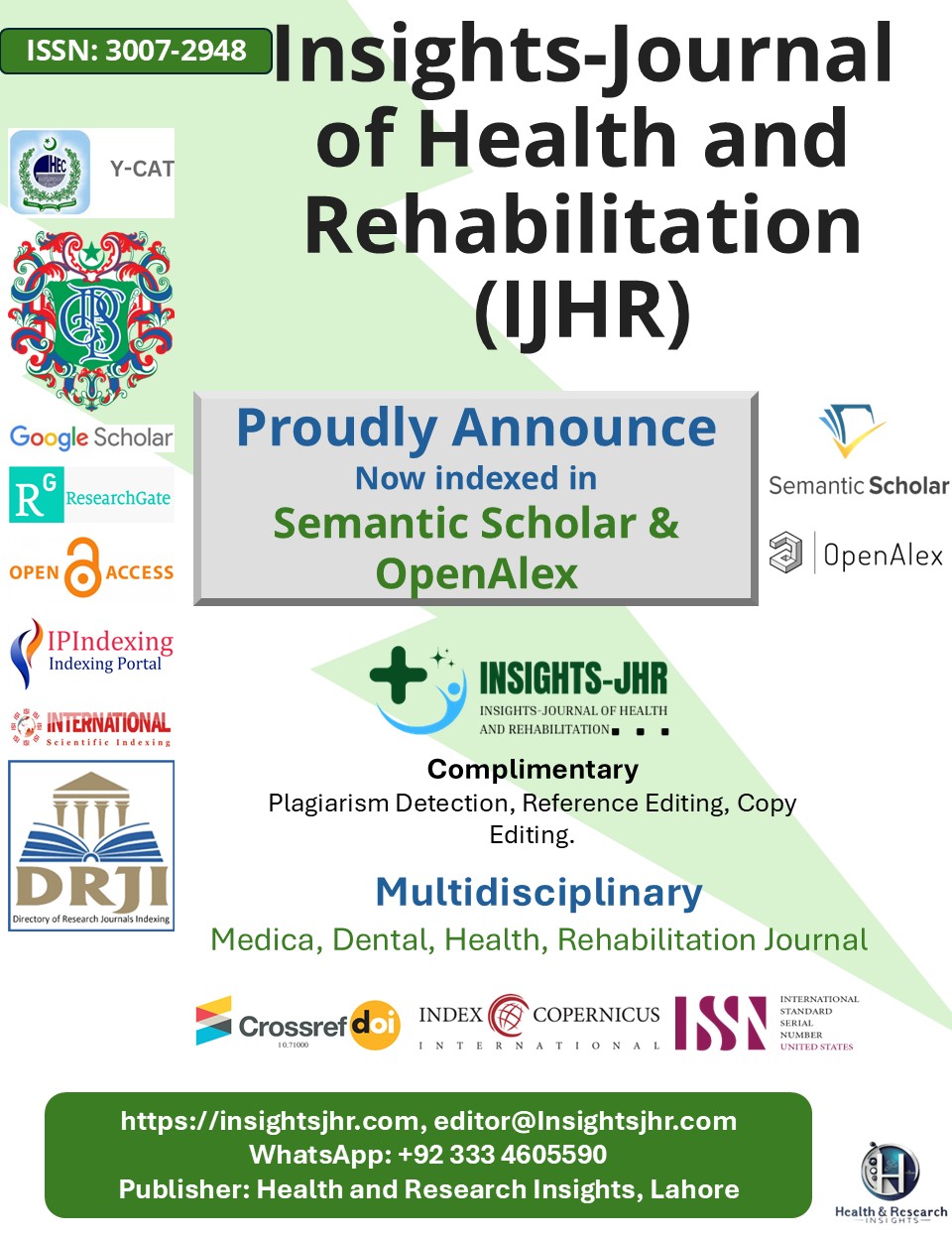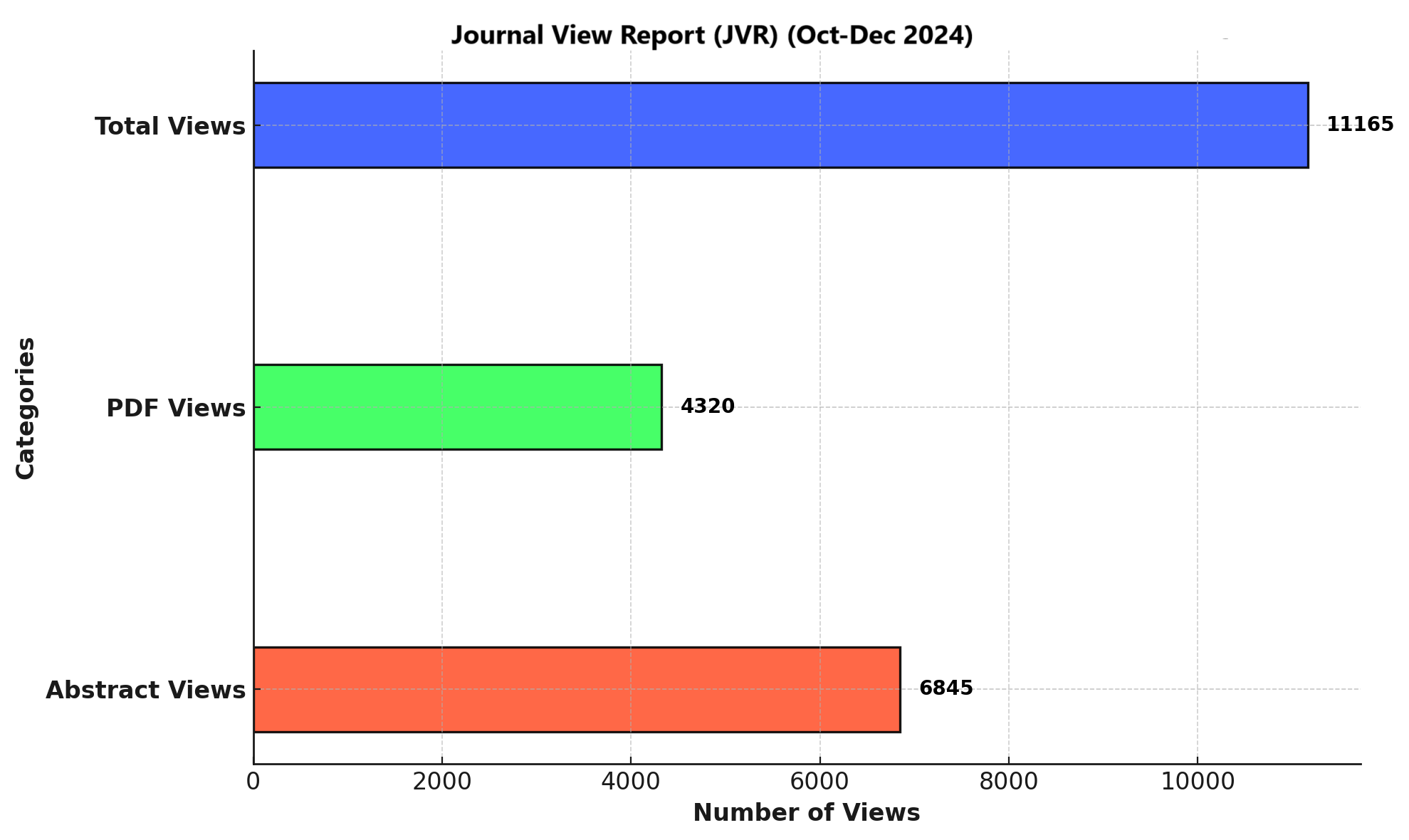DIAGNOSTIC EVALUATION OF GANGRENOUS CHOLECYSTITIS ON ULTRASOUND AND CONTRAST ENHANCED COMPUTED TOMOGRAPHY
DOI:
https://doi.org/10.71000/717f3692Keywords:
Cholelithiasis, Contrast-enhanced computed tomography, Diagnostic evaluation, Gangrenous cholecystitis, Ischemia, Perforation, UltrasoundAbstract
Background: Gangrenous cholecystitis (GC) is a life-threatening complication of acute cholecystitis, characterized by gallbladder wall ischemia and necrosis. If not promptly diagnosed and treated, GC can result in perforation, peritonitis, and significantly increased mortality. Early and accurate identification through imaging is essential for effective clinical decision-making and timely surgical intervention, particularly in patients presenting with complicated gallbladder pathologies.
Objective: To assess the diagnostic accuracy of ultrasound (USG) and contrast-enhanced computed tomography (CECT) in detecting gangrenous cholecystitis preoperatively and to identify associated clinical and imaging findings.
Methods: A cross-sectional analytical study was conducted from January to April 2025 at Punjab Radiology, Jail Road, Lahore, Pakistan. Sixty-four patients aged 25 to 77 years (mean age: 50.08) with suspected complicated gallbladder conditions were enrolled using convenience sampling. Data were collected retrospectively from hospital records and analyzed using SPSS version 26. Each patient underwent either USG (n=38) or CECT (n=26) before surgery. Postoperative diagnoses were compared with imaging results to evaluate diagnostic performance. Chi-square and Fisher’s exact tests were applied to determine statistical significance.
Results: Out of 64 patients, 44 (68.8%) were diagnosed with GC postoperatively, with a higher frequency in males (54.5%). CECT demonstrated higher sensitivity (83.3%), specificity (85.7%), and overall accuracy (84.6%) compared to USG (sensitivity: 59.4%, specificity: 66.7%, accuracy: 60.5%). A statistically significant correlation was observed between CECT findings and postoperative diagnosis (p = 0.001), unlike USG (p = 0.239). Common symptoms were abdominal pain (57.8%), nausea (25%), and vomiting (23%). Imaging revealed thickened GB walls in 79.7%, irregular walls in 71.9%, calculi in 68.8%, and pericholecystic fluid in 53.1%. One patient (1.6%) developed perforation due to delayed treatment.
Conclusion: CECT is a more accurate and reliable imaging modality than ultrasound for the preoperative detection of gangrenous cholecystitis and should be considered in patients with high clinical suspicion.
Downloads
Published
Issue
Section
License
Copyright (c) 2025 Zarnab Ali, Loqman Shah, Dr. Aizaz Hasan, Muhammad Shahzad, Saja Irfan, Hamna Fatima, Hareem Khadim, Malika Younas (Author)

This work is licensed under a Creative Commons Attribution-NonCommercial-NoDerivatives 4.0 International License.







